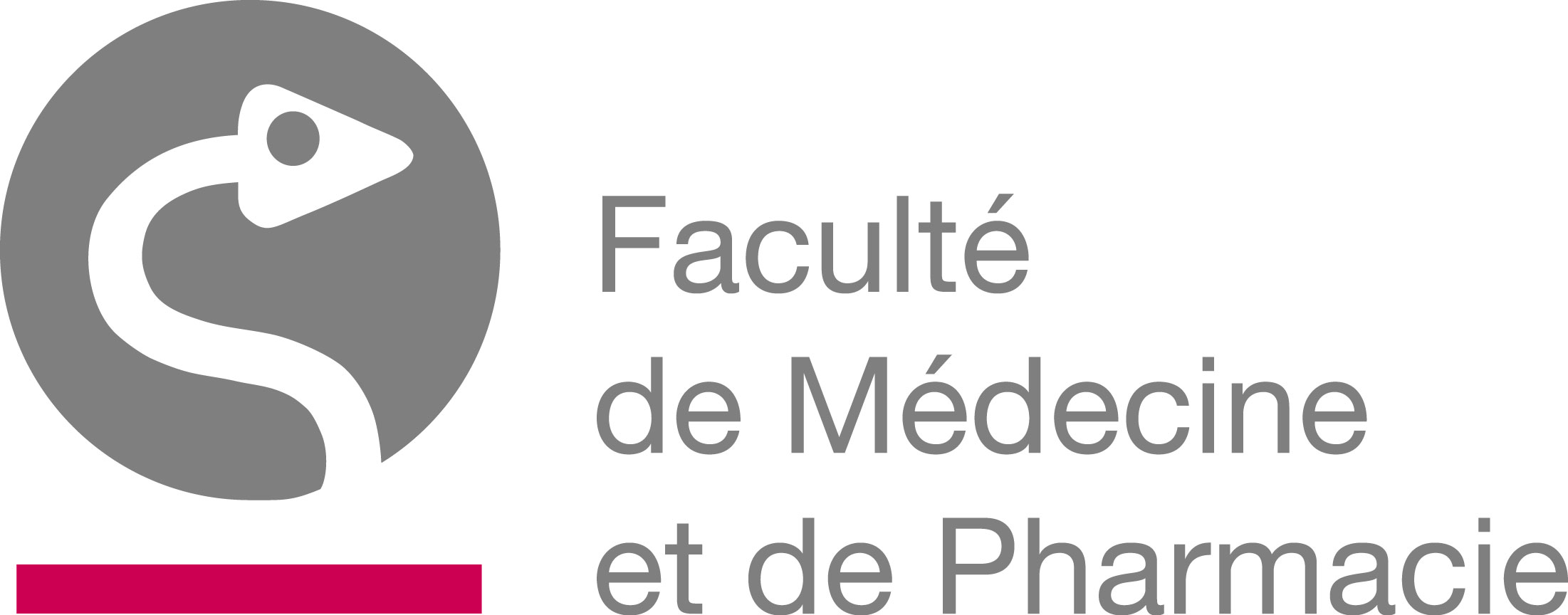 | Study programme 2023-2024 | Français | |
 | Integrative Biomedicine | ||
Programme component of Master's in Biomedical Sciences (MONS) (day schedule)Faculty of Medicine, Pharmacy and Biomedical Sciences |
| Code | Type | Head of UE | Department’s contact details | Teacher(s) |
|---|---|---|---|---|
| UM-M1-BIOMED-028-M | Optional UE | COLOMAR Aurore | M119 - Neurosciences |
|
| Language of instruction | Language of assessment | HT(*) | HTPE(*) | HTPS(*) | HR(*) | HD(*) | Credits | Weighting | Term |
|---|---|---|---|---|---|---|---|---|---|
| Anglais | 37 | 0 | 0 | 0 | 0 | 6 | 6.00 | 1st term |
| AA Code | Teaching Activity (AA) | HT(*) | HTPE(*) | HTPS(*) | HR(*) | HD(*) | Term | Weighting |
|---|---|---|---|---|---|---|---|---|
| M-DOYM-117 | Brain & Immunity | 15 | 0 | 0 | 0 | 0 | Q1 | |
| M-DOYM-118 | Brain -Gut axis- | 8 | 0 | 0 | 0 | 0 | Q1 | |
| M-DOYM-119 | Neuro-endocrine System | 14 | 0 | 0 | 0 | 0 | Q1 |
| Programme component |
|---|
Objectives of Programme's Learning Outcomes
- Scientific skills
- Be familiar with biomedical science research tools, including bioinformatics tools.
- Be a responsible researcher: - Know how to base their reasoning on data obtained from scientific literature. - Know how to integrate an ethical dimension in their reasoning. - Be loyal (to the facts, to the team, and to intellectual property). - Do not tamper with results. - Do not exploit the work of others. - Demonstrate experimental rigor.
- Professional integration skills
- Demonstrate their ability to research, analyse and synthesise: - Research, analyse, use different sources of information and materials related to biomedical sciences, format them to draw up a summarised document, produced and broadcast them on digital media. - Carry out a study, identify and raise an issue in a predefined context, build and develop an argument, interpret the data and results, develop an overview, and propose extensions. - Question themselves, think critically, debate, and defend their ideas.
- Master written and oral scientific expression. Be independent in writing and show that they can communicate their thoughts, reason and organise their knowledge
- Master scientific English: - Present scientific results, orally and in writing. - Answer scientific questions in English
Learning Outcomes of UE
Besides the sensorial evaluation of the environment surrounding the individual and the cognitive functions, the nervous system can sense and integrate the status of different organs of the body and trigger physiological, autonomic and behavioral responses that take into account outside as well as inside of the individual. At the end of the UE, the student will have a broad view of the main interactions of the nervous system with the other systems: endocrine system, immune system, brain gut axis, muscular system and adipose tissue. This UE will give students cutting-edge knowledge of this new field where interactions between body and mind are in question.
UE Content: description and pedagogical relevance
This UE comprises several AA: Neuroimmune interactions (SI-SN), Neuroendocrine interactions (NE), Brain-Gut Axis (BGA) and new communication molecules between periphery & brain. Training will be given in English as magistral courses (SI-SN, BGA and NE) or lectures led by research scientistic experts . For the content description, please see the AAs
Prior Experience
Not applicable
Type(s) and mode(s) of Q1 UE assessment
- Written examination - Face-to-face
Q1 UE Assessment Comments
1 global notation for 1 exam (NS-IS, BGA), 1 exam (Neuroendocrino), 1 quotation for homework Weighting coefficient of each note depending on amount of courses in each AA.
Method of calculating the overall mark for the Q1 UE assessment
ex: exam BGA-S-I: 16/20 et exam NE: 18/20
BGA-S-I: 8h+15h, NE: 14h of lessons
weighted mean: [16x(8+15) + 18x14]/(8+15+14)
Type(s) and mode(s) of Q1 UE resit assessment (BAB1)
- N/A - Néant
Q1 UE Resit Assessment Comments (BAB1)
N.A.
Method of calculating the overall mark for the Q1 UE resit assessment
N.A
Type(s) and mode(s) of Q3 UE assessment
- Written examination - Face-to-face
Q3 UE Assessment Comments
same as in Q1
Method of calculating the overall mark for the Q3 UE assessment
same as in Q1. If you reached 10/20 in one the exam of Q1, you can keep this quote for Q3 and go only for the exam where you have failed
Type of Teaching Activity/Activities
| AA | Type of Teaching Activity/Activities |
|---|---|
| M-DOYM-117 |
|
| M-DOYM-118 |
|
| M-DOYM-119 |
|
Mode of delivery
| AA | Mode of delivery |
|---|---|
| M-DOYM-117 |
|
| M-DOYM-118 |
|
| M-DOYM-119 |
|
Required Learning Resources/Tools
| AA | Required Learning Resources/Tools |
|---|---|
| M-DOYM-117 | Not applicable |
| M-DOYM-118 | Not applicable |
| M-DOYM-119 | A PDF of the power-point presentation will be provided at the start of each lesson#newline# |
Recommended Learning Resources/Tools
| AA | Recommended Learning Resources/Tools |
|---|---|
| M-DOYM-117 | Not applicable |
| M-DOYM-118 | Not applicable |
| M-DOYM-119 | Not applicable |
Other Recommended Reading
| AA | Other Recommended Reading |
|---|---|
| M-DOYM-117 | Not applicable |
| M-DOYM-118 | Not applicable |
| M-DOYM-119 | Not applicable |